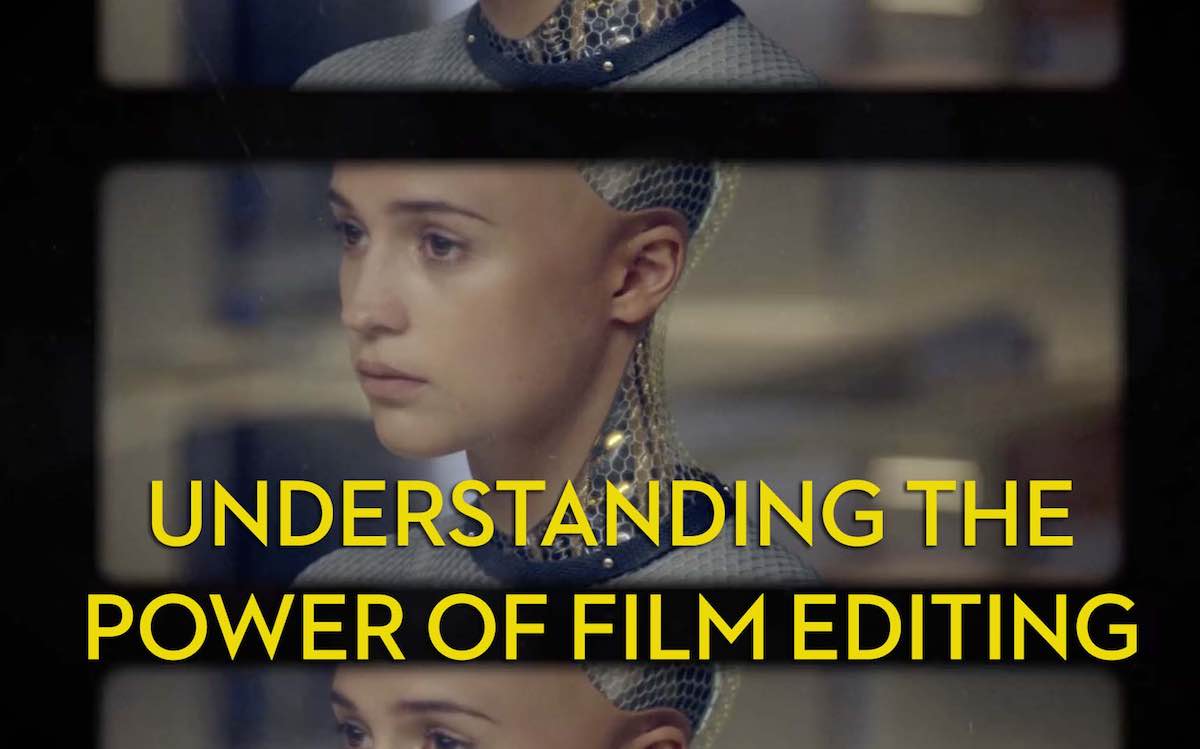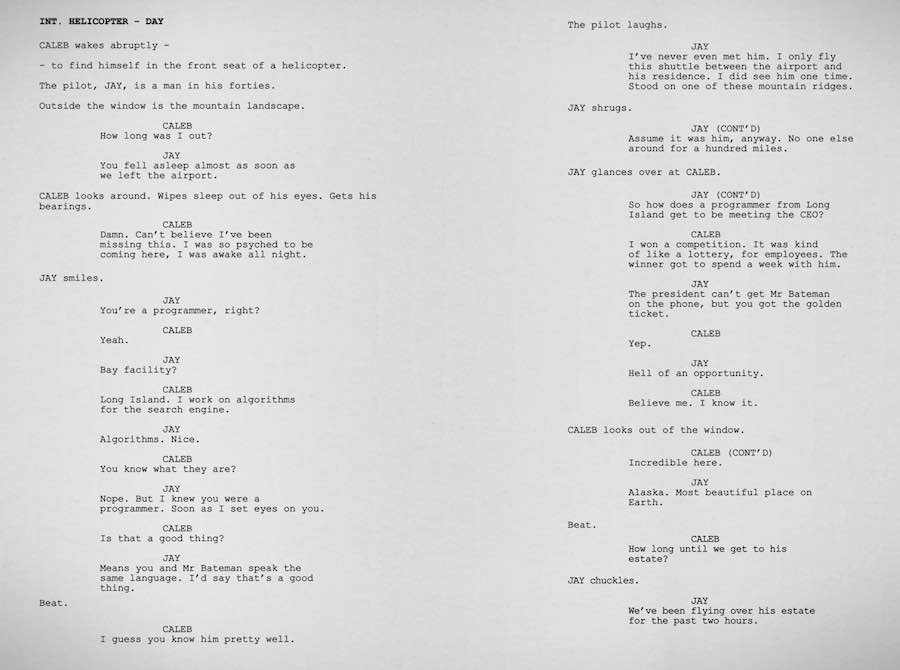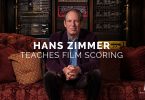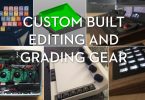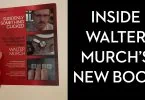Understanding the Power of Film Editing
One of the most exciting things about film editing is the power it has to totally transform the nature, quality and efficacy of a story.
Good editing can save a bad performance, scene, story and film. Bad editing can also ruin it, of course, but if you know a little bit of the theory behind some of film’s most important editing concepts you can more ably apply them to your next project, and hopefully improve you own editing in the process.
So what kind of concepts am I talking about?
In this post I’ve brought together a few good recent video essays that share some helpful insights on some of the following concepts:
- Editing as the final re-write; controlling the information
- What is a good edit anyway?
- Improving a performance through editing
- Decision making defines character; show don’t tell
- Transitions that make a difference
- Harnessing the audience’s eyes
If you’re after more of this kind of thing then this previous post with some other great video essays on film editing can be found here: Insights on the Craft of Film Editing
Editing as the Final Re-Write
Editing is called the final re-write, or the third re-write because of the two key processes that precede it to make that even possible.
- The screenplay
- Creating the Raw Footage (on-set re-write)
In this excellent edition of Lessons from the Screenplay you can learn some incredibly helpful methods of thinking about the way in which you control the flow of information within the story to the audience.
Michael covers three main ideas – point of view, sequencing revelations and not joining all the dots.
These all give editors something valuable to consider when it comes to structure, pacing and shot choices, but there’s also an interesting opportunity to directly compare the script and the final cut, and how taking out information makes the story better.
Two and a half pages of script is trimmed to the final two lines of the scene, because that’s all that is needed.
“How long until we get to his estate?”
“We’ve been flying over his estate for the past two hours.”
As Michael points out, from these two lines, we the audience can infer all the information that we need to, for now, and we’re engaged in the story ourselves, as opposed to sitting back and waiting to be spoon fed exposition, we’re joining the dots in our heads.
The whole channel – Lessons from the Screenplay could rightly be considered essential viewing for any editor who wants to improve their craft, as so many of the sensibilities a screenwriter needs to leverage in the first draft of the script have a similar role to play in the editor’s final cut.
If you’re after a good book on storytelling and screenwriting I’d highly recommend is Into The Woods by John Yorke. Or taking Aaron Sorkin’s Screenwriting masterclass, here’s 5 things you can learn from it.
What’s makes a good cut? Walter Murch’s Rule of Six
Legendary editor Walter Murch has attempted to devise a somewhat scientific approach to judging the qualities of a cut, described in his book In The Blink of an Eye as:
- it is true to the emotion of the moment
- it advances the story
- it occurs at a moment that is rhythmically interesting and “right”
- it acknowledges what you might call “eye-trace”—the concern with the location and movement of the audience’s focus of interest within the frame
- it respects “planarity”—the grammar of three dimensions transposed by photography to two (the questions of stage-line, etc.)
- and it respects the three-dimensional continuity of the actual space (where people are in the room and in relation to one another).”
Walter likes to weighs the importance of the criteria with the following percentage values:
- Emotion (51%)
- Story (23%)
- Rhythm (10%)
- Eye-trace (7%)
- Two-dimensional plane of screen (5%)
- Three-dimensional space of action (4%)
“The values I put after each item are slightly tongue-in-cheek,” he writes, “but not completely: Notice that the top two on the list (emotion and story) are worth far more than the bottom four (rhythm, eye-trace, planarity, spatial continuity) and when you come right down to it, under most circumstances, the top of the list—emotion—is worth more than all five of the things underneath it.”
You can hear Walter describe these in a bit more detail in the short video above.
In this episode of the superb YouTube channel The Guy Edits, you can get a further lessons in editing fundamentals, this time testing out the titular ‘Blink theory’ from In The Blink of an Eye; namely that when a person blinks they’re putting a full-stop on a thought.
So depending on where you cut (pre, on or post blink), you’re making the audience feel different things about what the characters are thinking.
This also holds true for how long you hold on someone after they’ve made a statement. The longer you hold the less believable they appear.
What is really great about this episode is you can see Sven try out different edits, and the subtle differences it makes to the final result.
This Guy Edits excellent feature film editing tutorials make up a key part of my Alternative Film School for Film Editors.
Show Character Through Action
Because Lessons from the Screenplay and This Guy Edits are just so good, here are two more quality episodes that can help us better understand the power of film editing.
In the first (above) Michael compares and contrasts Rogue One and The Force Awakens, and the difference between active and passive protagonists.
Michael quotes screenwriting guru Syd Field’s book Screenplay, The Foundations of Screenwriting:
Action is character; a person is what he does, not what he says…
Because we’re telling a story in pictures, we must show how the character acts and reacts to the incidents and events that he/she confronts and overcomes (or doesn’t overcome) during the storyline.
This is important to consider in your edit, because the way in which a decision is made, presented or changed through the edit, can dramatically alter the way in which we perceive the character.
Just think about Han Solo shooting first and the slopping VFX alteration, in which he shoots in ‘self-defence’.
What will happen to the characters and story in your film if you can make the characters do more and say less?
In this excellent episode This Guy Edits, you can watch Sven craft some raw rushes to shape an actor’s performance.
This is one of the true powers of film editing, making people look good, and it’s something that should be wielded truthfully (in documentary) and respectfully in dramatic film and TV (which Sven points out at the beginning of the episode.)
Anyway, this is a great lesson in the power of editing raw footage into a believable performance.
Transitions Matter
As an editor you don’t only need to make the editing within a scene flow, you also need to make the transitions between scenes as seamless as possible too.
This supercut of some of the inventive transitions used in Stranger Things 2, gives you a good sense of how both audio and picture can be artfully used to blend between scenes, often leaving the scene at the height of an emotional peak, so that the peaceful opening of the next scene is where you get your breath back.
The ‘audio match-cuts’, which carry through from one scene to the next are great, as are the match-moves across cuts.
For some further inspiration on transitions and post-produced effects, check out this breakdown of the Watchtower of Turkey video, you probably saw a couple of years back.
Editors Note – The YouTube video above does work, for some reason the thumbnail is broken?!
In this episode of the much imitated Every Frame a Painting, you can also see similar transitional elements at play in the work of Edgar Wright.
These include match cuts, audio ramps and a whole bunch of other things, that not only convey a greater amount of plot information, characterisation and story to the audience, they do so in a more entertaining and engaging way. Just like all those transitions in the Stranger Things 2 supercut, above.
Now many of these have to be planned for in production, but you can always add some in post, where you can.
Check out this post for some other great filmmaking video essays.
Harnessing the Audience’s Eye-trace
These final two video essays consider the same aspect of both cinematography and editing; that of handling eye trace within the frame and across the cut.
What is eye-trace?
It’s essentially where you are looking within the shot and what holds your attention.
In this research clip from the DIEM Project, you can see where 11 different viewers were looking during a clip of Paul Thomas Anderson’s There Will Be Blood. Each dot represents the centre of one viewer’s gaze. The size of each dot represents the length of time they have held fixation.
Notice at 2.40 how seamlessly the eye-trace jumps across the cut, or how the shift in focus and movement tells us where to look at 3.11.
In this video from editor Vashi Nedomansky, you can learn about how locking the audience’s eyes to the centre of the frame is part of what makes Mad Max: Fury Road’s action sequences so intense and so comprehensible.
Because you’re not having to scan around the frame to find out where to look, things can move much faster.
It’s important to consider this when editing both action sequences and conversations. Are the eye-lines working, does the way the action is cut, lead us to look in the right places at the right time?
Often a bad jump in eye-trace can make a cut ‘lumpy’ and drops the audience out of the flow of the scene or sequence of shots.
You can read a ton more about the edit on Mad Max Fury Road in this extensive making of post.
In this final video from Nerdwriter you can see how with careful cinematography and probably post-production match-moving, the impact of both eye-trace and symbiotic movement can lock you in to the character’s point of view.
As Fincher overshoots (in resolution) the final image by about 20% (if memory serves), it’s entirely possible to add some of these small movements in post, assuming they’ve been captured in the original frame.
Check out this post on Mindhunter‘s post production or the making of David Fincher’s Gone Girl, for more on this.
If you’re working with high res material, can you add some of these subtle controlling motions to your cut? What’s the effect if you do?

